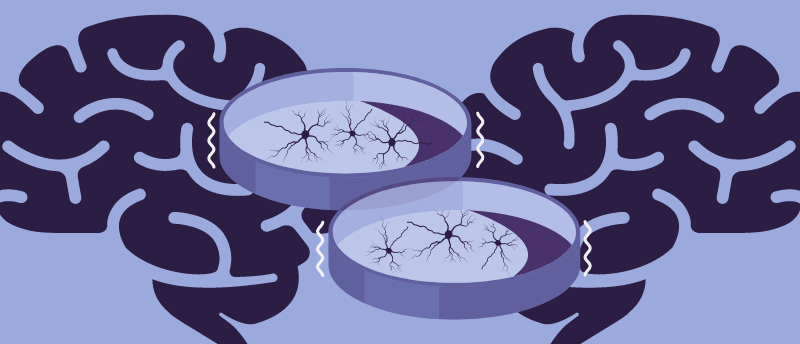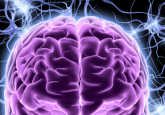Meet the protein that drives nerve damage in traumatic brain injury

Researchers have uncovered the protein responsible for driving nerve damage following injury, revealing a potential treatment for traumatic brain injury (TBI).
TBI often occurs in sport and during military service when a sudden external force is inflicted on the head, damaging the brain; it is difficult to treat and can lead to extensive damage and death [1]. This has prompted many neuroscientists to take to the bench to probe the mechanics underlying TBI and brain health. For example, one research group at the University of Southern California (CA, USA) has uncovered a protein, called TDP-43, that seemingly drives nerve damage following injury [2]. Upon further investigation, they also discovered that the blocking of a different protein has a rectifying effect on faulty TDP-43, indicating the potential for improved therapies for TBI.
To understand what happens to brain cells upon impact, the team grew brain organoids using induced pluripotent stem cells and infected them with a fluorescent lentivirus reporter. They then exposed these organoids to mechanical injury via ultrasonic pulses, which mimics severe TBI. These pulses were delivered with a high-intensity focused ultrasound developed by the team. Once injury had been inflicted, the organoids were then assessed over 7 days using microscopy, the fluorescent reporters revealing which cells were dying.
The team next wanted to confirm that their model was a reliable model for human TBI. They did this by investigating the presence of signature human biomarkers of TBI expressed in the organoids using ELISA, finding that the injured organoids expressed similar cellular processes to those of humans with TBI.

Combatting oxidative stress in neurodegenerative diseases
Oxidative stress is implicated in neurodegenerative diseases such as Alzheimer’s and Parkinson’s disease. Now, researchers have found a way to enhance the body’s protective antioxidant response.
Interestingly, the team found that TDP-43, a protein that edits genetic script responsible for instructing protein-making DNA, was dysregulated following injury, leaking out of the nucleus, neglecting its role in healthy tissue and causing nerve death. The next step was figuring out if there is a gene that can rescue this TDP-43 dysregulation. Testing every gene in the human genome, the team found that suppressing KCNJ2 – a gene encoding the cell surface mechanosensory channel protein – reversed TDP-43 dysregulation and kept the nerve cells alive.
Blocking both KCNJ2 and its expressed protein proved beneficial to the organoids following injury, resulting in a decrease in cell death. When tested in mouse models, the team saw a similar result, further validating this intervention. What’s more, the researchers also discovered that dampening KCNJ2 activity before injury reduced cell death and lowered TDP-43 buildup in cells.
The team also investigated how genetics affect TBI progression by comparing organoids derived from individuals with a genetic risk of developing neurodegenerative disease with those derived from individuals without this genetic risk factor. This comparison revealed that those with a genetic predisposition for developing a neurodegenerative disease were more susceptible to nerve death, indicating that some are more susceptible than others for developing diseases post trauma.
Further study is key to improving prevention, diagnosis and treatment of TBI, a condition affecting millions of people. However, the current study provides a base upon which researchers and clinicians can build and explore the potential of TDP-43 as a TBI biomarker, allowing detection, monitoring and perhaps intervention of the condition.
